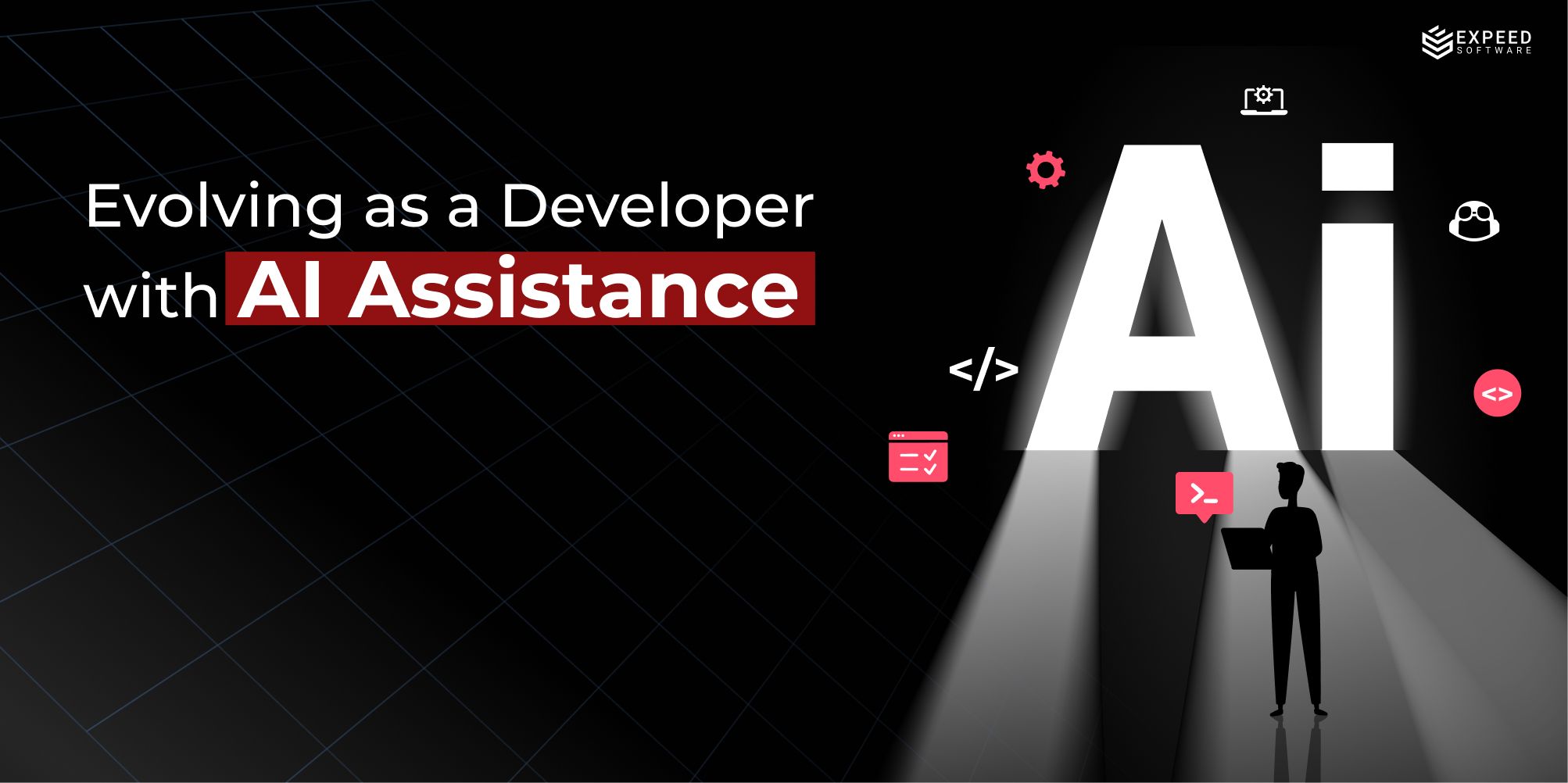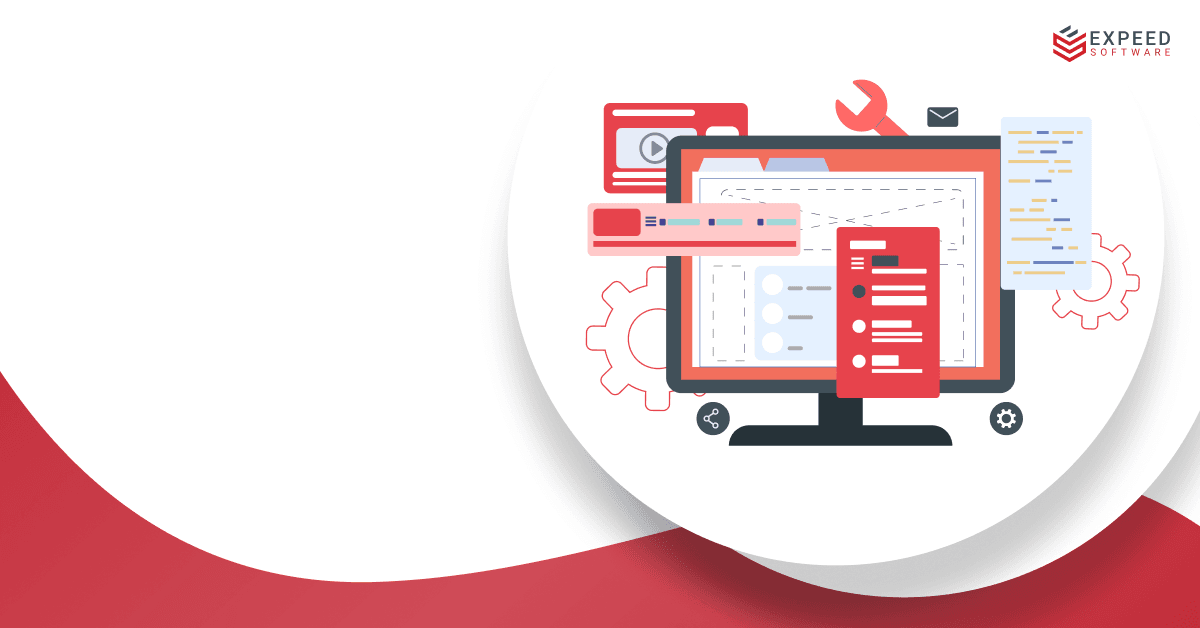In simpler times, enterprise applications were developed, deployed and managed as a tightly coupled, precisely orchestrated, monolithic unit. Every application had a single instance and monitoring, debugging, and troubleshooting was as simple as drilling down to the code level to understand and modify behavior and performance.
But complex times call for distributed, microservices-based cloud-native applications. Today’s enterprise applications comprise tens of thousands of loosely coupled polyglot microservices, as well as multiple versions of the same service, deployed across different locations, servers and ephemeral containers, and managed by different teams. Every request triggers a specific sequence of services that flows through this complex, distributed, and heterogeneous environment to deliver a specific functionality.
In this complex, diverse and dynamic topology, observability, the ability to understand how service interactions flow across a system, becomes a huge challenge. Without observability, debugging, troubleshooting and managing the performance of microservices applications becomes virtually impossible. And traditional monitoring and application management tools are incapable of handling the complexities of microservices applications.
This is where distributed tracing, one of the three pillars of observability in microservices, comes into play.
Distributed tracing and the three pillars of observability
In a microservices environment, observability tools play a key role in helping developers and administrators understand how a system behaves given the elasticity of the production environment, the unpredictability of inputs and the vagaries of upstream and downstream dependencies.
There are three distinct yet complementary approaches to achieving observability in a microservices-based application – metrics, logs and distributed tracing or distributed request tracing. Here’s the specific role that each of these approaches plays in the monitoring process to together provide a comprehensive perspective into the overall performance of the application.

Expeed Software is a global software company specializing in application development, data analytics, digital transformation services, and user experience solutions. As an organization, we have worked with some of the largest companies in the world, helping them build custom software products, automate processes, drive digital transformation, and become more data-driven enterprises. Our focus is on delivering products and solutions that enhance efficiency, reduce costs, and offer scalability.


